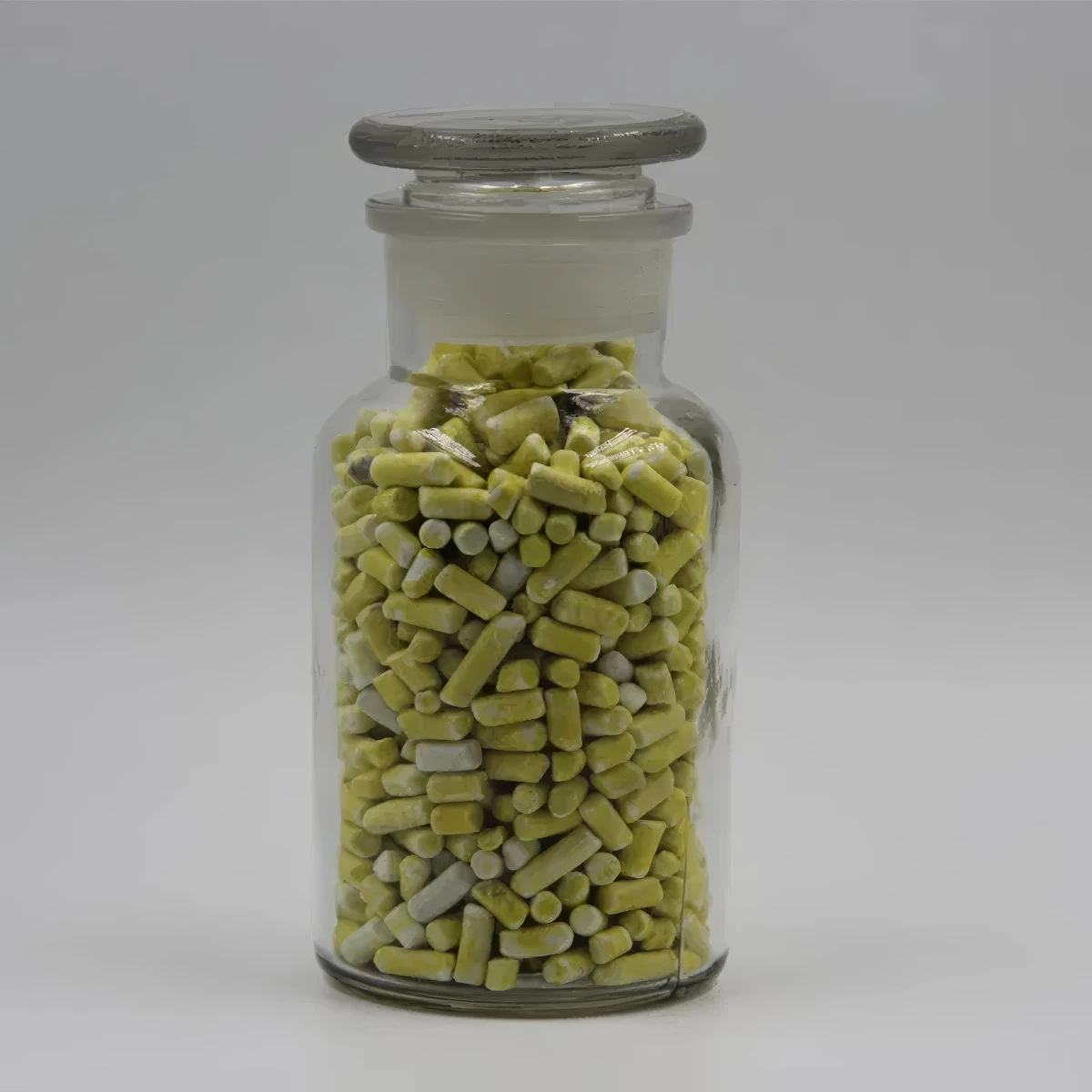



Understanding the Role of Potassium Nitrate in NPK Fertilizers for Optimal Plant Growth
The Importance of Potassium Nitrate in Agriculture A Focus on NPK
Potassium nitrate, commonly referred to as KNO3, is an essential compound in agricultural practices, primarily due to its significant role in providing vital nutrients to plants. As a source of both potassium and nitrogen, potassium nitrate is categorized within the NPK classification system, which stands for Nitrogen (N), Phosphorus (P), and Potassium (K). These three elements are crucial for plant growth, making potassium nitrate a key player in enhancing agricultural productivity.
Understanding NPK
Before delving into the specifics of potassium nitrate, it’s important to understand what NPK means. Each of the letters represents a fundamental nutrient that plants require
- N (Nitrogen) Essential for plant growth and development, nitrogen is a key component of amino acids, the building blocks of proteins. It plays a crucial role in photosynthesis and is integral for the formation of nucleic acids, which are vital for cell division and growth.
- P (Phosphorus) Vital for energy transfer and storage, phosphorus is a crucial part of ATP (adenosine triphosphate), which is necessary for energy transfer reactions within the plant. It also contributes to root development and flowering.
- K (Potassium) This nutrient regulates various physiological processes, including enzyme activation and the regulation of osmotic pressure, which is critical for water uptake. Potassium enhances the overall health of plants, leading to improved stress resistance and higher crop yields.
Potassium Nitrate's Role in Plant Nutrition
Potassium nitrate is unique because it is one of the few soluble forms of potassium and nitrogen that can be absorbed by plants quickly. This property makes it exceptionally effective in promoting immediate nutrient uptake, which is especially important during critical growth stages. The balanced ratio of potassium and nitrogen in potassium nitrate supports vigorous growth, enhances root development, and optimizes the fruiting process.
In the context of NPK, potassium nitrate contributes to the nitrogen and potassium components of the equation while being relatively low in phosphorus. This makes it an ideal choice for crops that require high levels of nitrogen and potassium but do not need significant phosphorus. For example, many leafy vegetables and fruiting crops thrive when potassium nitrate is strategically applied.
Advantages of Using Potassium Nitrate
potassium nitrate npk

1. Improved Crop Quality By helping plants achieve an optimal balance of nitrogen and potassium, potassium nitrate improves overall crop quality. Plants grown with the appropriate nutrients exhibit better color, taste, and resistance to diseases and pests.
2. Versatility Potassium nitrate can be used across a variety of crops, from vegetables and fruits to ornamental plants. Its versatility makes it a staple in many agricultural practices.
3. Rapid Dissolution As a highly soluble fertilizer, potassium nitrate is quickly dissolved in water, allowing for effective application through irrigation systems and foliar sprays. This rapid absorption means that crops receive the nutrients they need without delay.
4. Environmental Benefits Compared to some other nitrogen sources, potassium nitrate produces fewer environmental concerns related to runoff. The controlled application of this fertilizer can minimize the risk of nitrogen leaching into water bodies, thereby promoting sustainable agricultural practices.
Application Tips for Farmers
While potassium nitrate is highly beneficial, proper application is key to maximizing its effectiveness. Farmers should consider the following tips
- Soil Testing Conduct soil tests to determine the existing nutrient levels. This helps identify the specific needs of the crops and informs the appropriate amount of potassium nitrate to apply.
- Application Timing Timing the application of potassium nitrate is crucial. Early in the growing season, when plants are establishing themselves, is typically the best time to apply this fertilizer. Late-season applications can also help with fruit development.
- Combining with Other Nutrients While potassium nitrate provides essential nitrogen and potassium, it works best when used in conjunction with phosphorus sources if required by specific crops.
Conclusion
In conclusion, potassium nitrate is an indispensable part of modern agriculture. Its contributions to the NPK balance ensure that plants receive the necessary nutrients to thrive, resulting in healthier crops and improved yields. As farmers continue to optimize their practices for better sustainability and productivity, the role of potassium nitrate is likely to remain central in the conversation surrounding efficient agricultural technologies. By understanding and applying this vital nutrient correctly, growers can not only enhance their harvests but also contribute to a more sustainable food production system.
-
Why Sodium Persulfate Is Everywhere NowNewsJul.07,2025
-
Why Polyacrylamide Is in High DemandNewsJul.07,2025
-
Understanding Paint Chemicals and Their ApplicationsNewsJul.07,2025
-
Smart Use Of Mining ChemicalsNewsJul.07,2025
-
Practical Uses of Potassium MonopersulfateNewsJul.07,2025
-
Agrochemicals In Real FarmingNewsJul.07,2025
-
Sodium Chlorite Hot UsesNewsJul.01,2025










